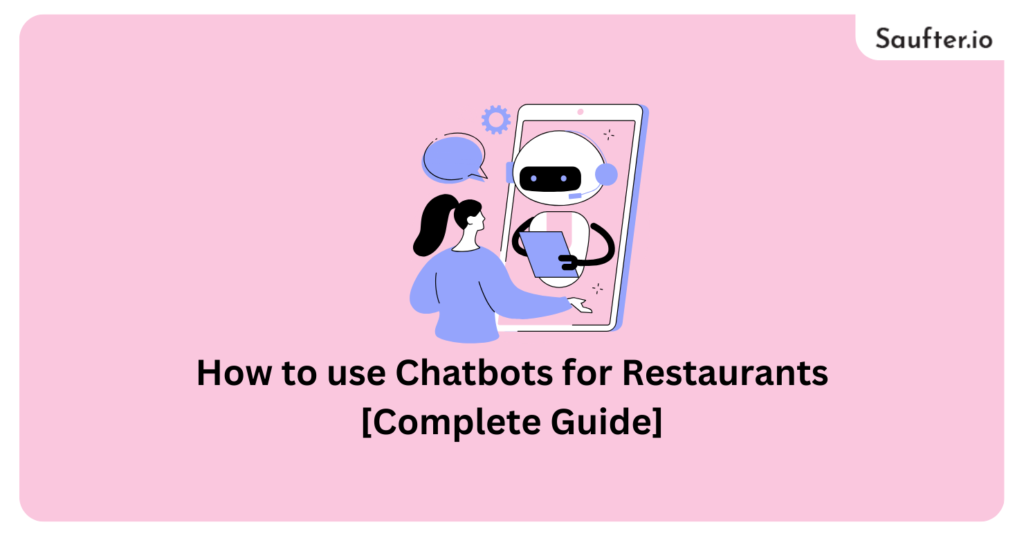Last Updated: January 2026
In today’s digital age, leveraging chatbots for restaurants has become an essential tool for enhancing customer service and streamlining operations.
From automating reservations and answering customer inquiries to boosting online orders and improving overall dining experiences chatbots can do it all.
Notably, utilizing chatbots can result in saving up to 2.5 billion hours, given that customer support representatives typically manage an average of 17 interactions daily.
So, without further ado, let’s dive in!
What are Restaurant Chatbots?
Restaurant chatbots are like helpful computer programs for restaurants. They can do things such as taking reservations, showing menus to customers, and even taking orders.
Plus, they’re great at answering common questions and checking on the status of your food delivery. You can find these chatbots on restaurant websites or even on messaging apps like Facebook Messenger.
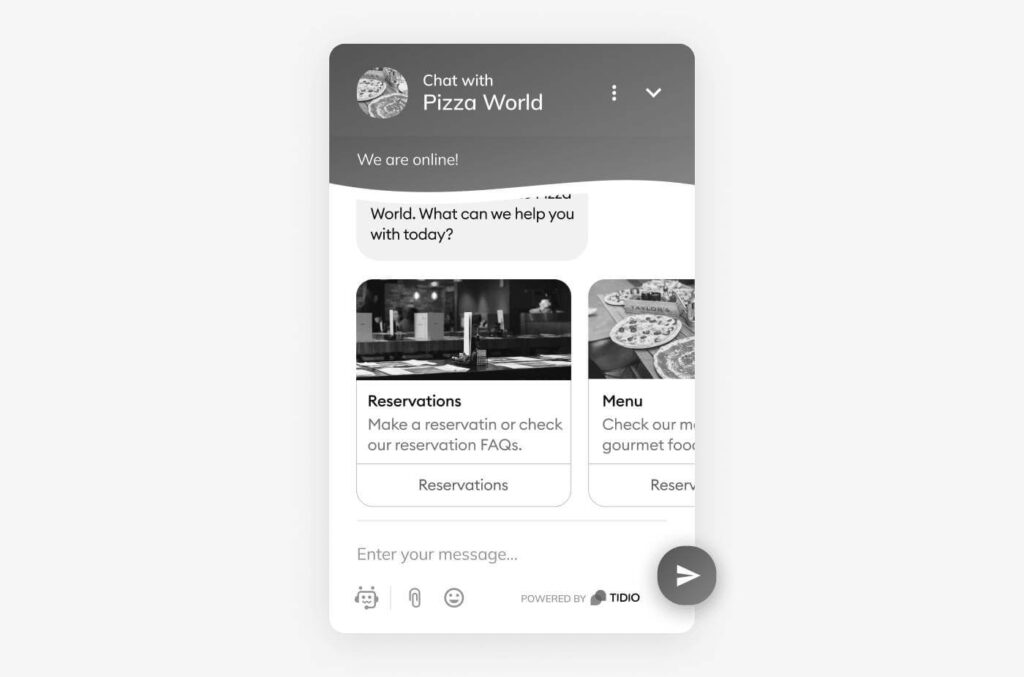
How to use chatbots for restaurants?
Chatbots for restaurants excel at providing recommendations, taking orders, offering deals, and addressing customer inquiries, all through engaging conversations. Let’s take a look at some game-changing restaurant chatbot use cases.
1) Suggest Menu Items
A restaurant chatbot can assist by recommending menu items and taking customer orders.
For instance, when a customer visits your website, the chatbot can suggest dishes in a user-friendly menu format. It enables the customer to make their selection and place an order right from the chatbot.
Moreover, the chatbot can recognize returning customers, utilizing their order history to provide tailored recommendations.
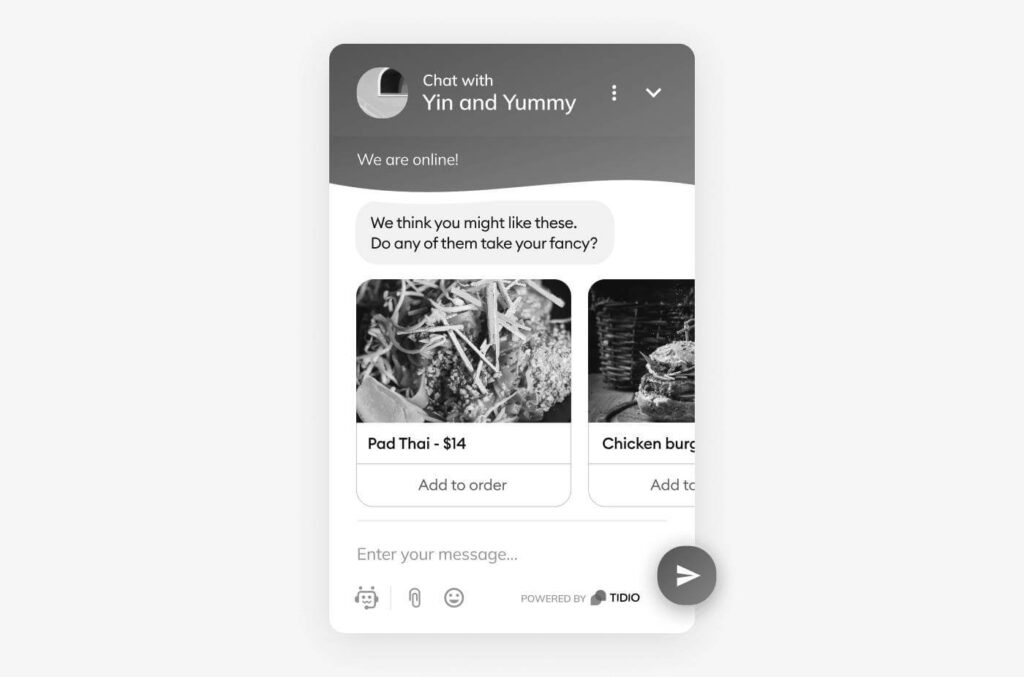
2) Reservations
A restaurant chatbot simplifies reservations with a few clicks. Visitors can select the date and time, and provide booking details, and it’s done! Interestingly, around one-third of customers prefer using a chatbot for reservations.
These bots can be deployed on your website, app, social media, or phone system, streamlining customer interactions and minimizing errors.
The best part? No more phone frenzy for weekend bookings. The chatbot manages these requests, ensuring your restaurant isn’t overbooked.
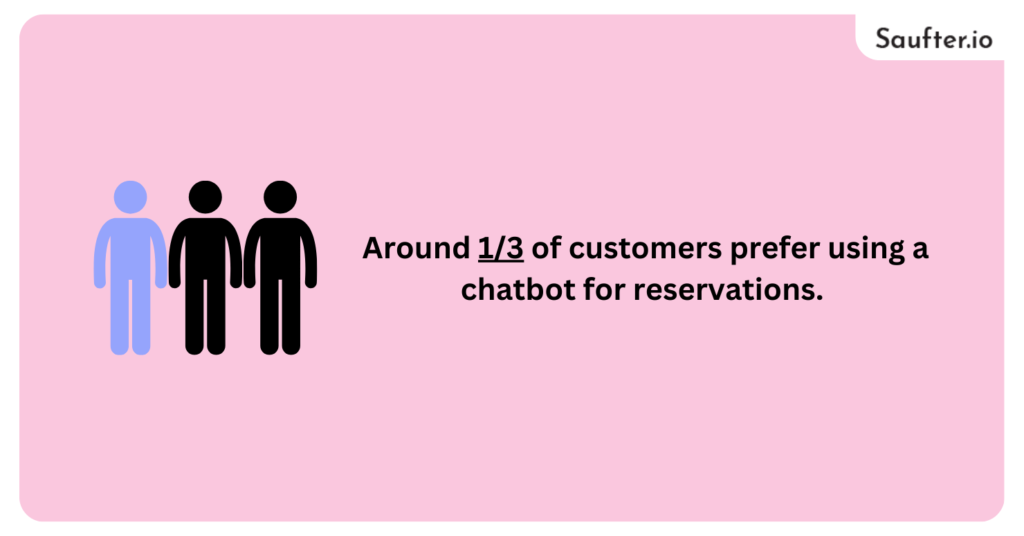
3) Feedback
Modern businesses depend on feedback, with 87% of customers relying on online reviews for decisions. Restaurants, in particular, are influenced by customer feedback on platforms like Yelp and TripAdvisor.
To secure positive reviews, a restaurant feedback chatbot is invaluable. It encourages reviews, conducts satisfaction surveys, and collects email addresses for follow-up feedback requests. This proactive approach helps maintain high ratings for your restaurant’s quality service.
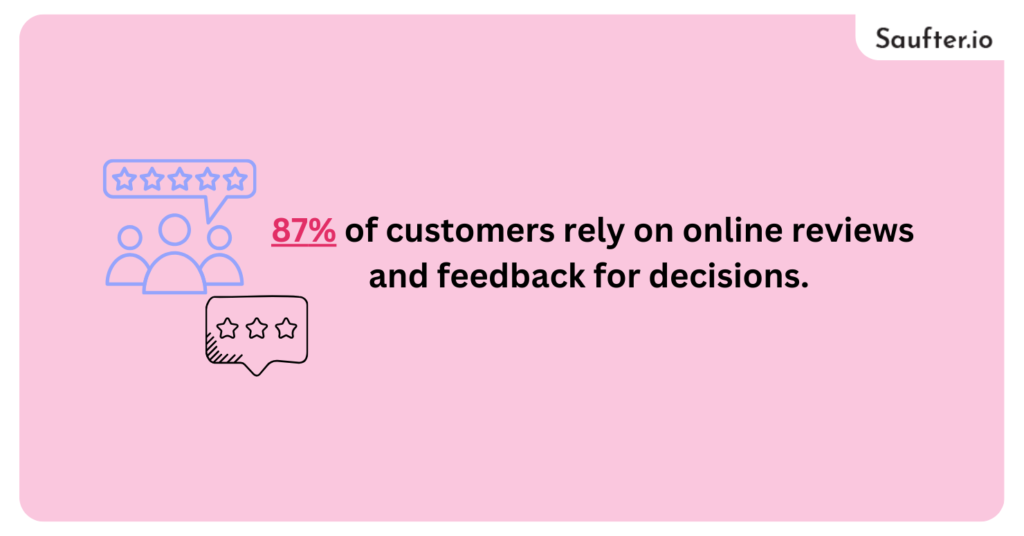
4) Simplified order process
Chatbots for food ordering provide a fast and user-friendly experience. Customers can order directly on your Facebook page or website chat, conversing naturally with the chatbot, eliminating the need for phone calls or extra apps.
Chatbots also keep your customers informed about their delivery status, so they know when to expect their meal.
Stats show that more than 71% of customers prefer chatbots for checking order status, and about 62% of Gen Z customers favor restaurant bots for ordering food over human agents.
5) Customer service
Chatbots in customer service can be a game-changer, with 87% of customers finding them effective for queries. A restaurant chatbot lets you establish predefined Q&A, maintaining control when you’re absent.
Not all visitors are immediate buyers; some browse for offers or menu comparisons. Your chatbot can engage and assist, ensuring a positive user experience and building customer relationships.
See how this restaurant uses an autopilot chatbot as a virtual waiter; it’s a promising concept worth exploring!
AI chatbots for restaurants: Use Cases!
1) Lunchcat
Lunchcat, created by the machine learning experts at Digamma.ai, is a smart chatbot revolutionizing the way you and your friends split lunch expenses.
This handy bot offers instant splitting, allowing you to input the number of diners and the total bill. It swiftly calculates each person’s share and tip, with the flexibility to adjust the tip percentage or specify the tip amount in dollars as needed.
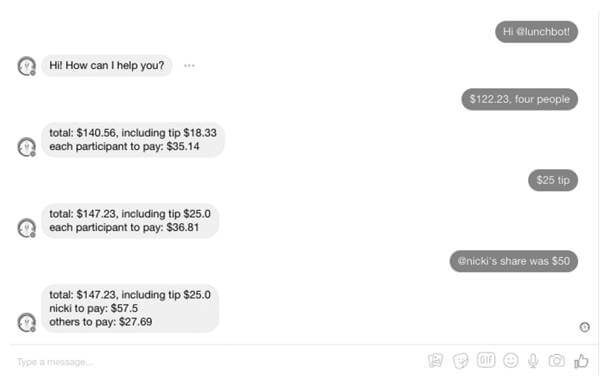
But Lunchcat goes beyond the basics; it accommodates individual preferences like user-specific price shares, extra contributions, and personalized tip amounts. Its standout feature, however, is its receipt analysis capability.
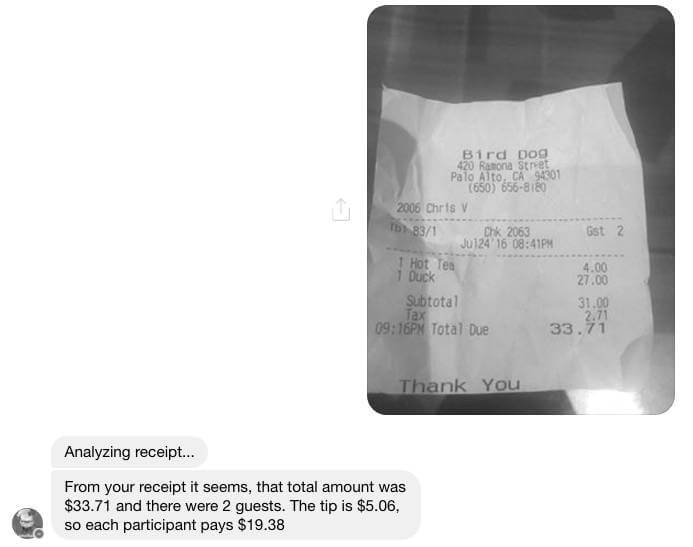
Simply snap a photo of your receipt, and Lunchcat automatically breaks down the bill for you, eliminating the need for manual input, and making it a quick, precise, and hassle-free solution.
2) Dinner Ideas Bot
If you struggle with meal planning or the constant quest for new recipes, the Dinner Ideas bot is a lifesaver. Subscribing to this bot means you can receive a new recipe directly in your Facebook Messenger inbox, either daily or weekly.
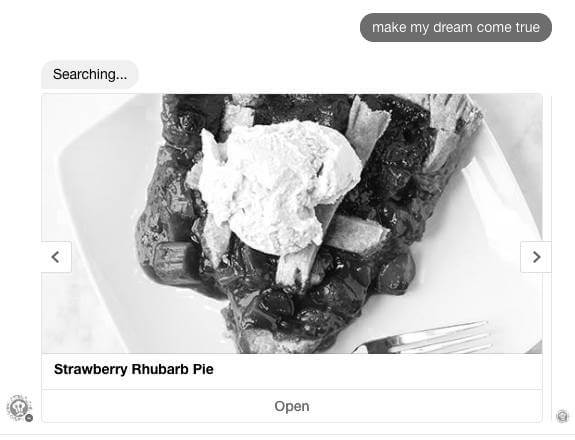
It’s a convenient and engaging way to discover meal ideas, making it especially useful for those on the go.
3) Wine Pairer
This chatbot offers instant wine suggestions based on your meal type and provides a detailed explanation of why the pairing works, making it ideal for restaurant dates or grocery shopping meal planning.
It rates food and wine compatibility as a percentage and provides wine types and grape varieties for a delightful culinary experience.
4) Dom by Dominos
Domino’s chatbot, affectionately known as “Dom,” streamlines the process of placing orders from the entire menu.
The chatbot initiates the order by prompting you for details like the choice between takeout or delivery and essential personal information, such as your address and phone number.
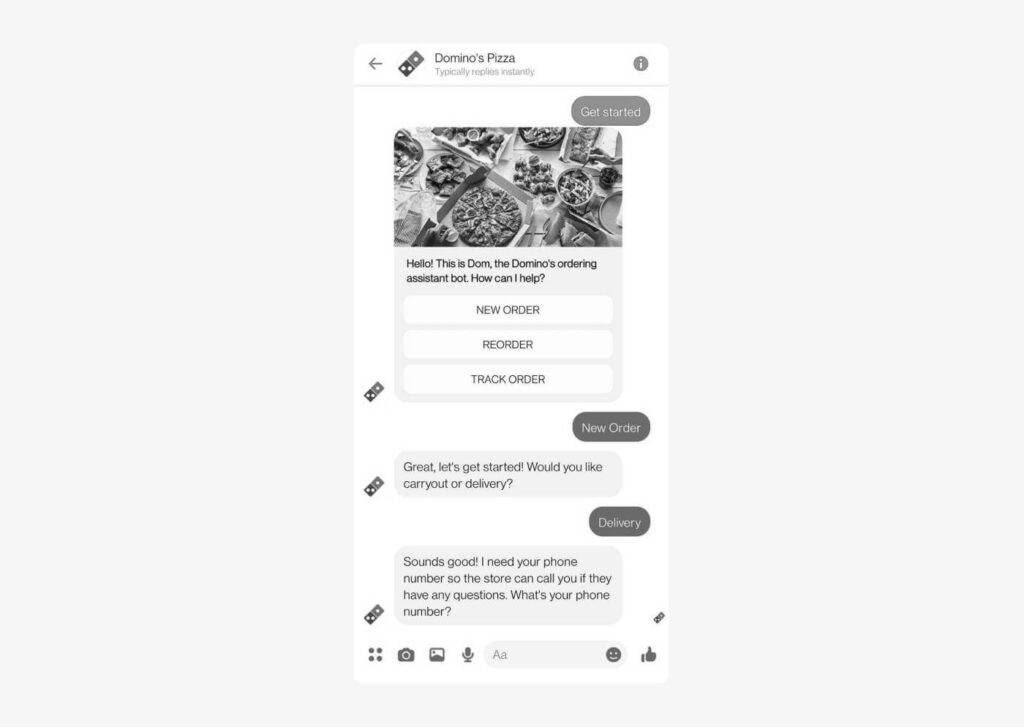
This innovative system offers customers a convenient and efficient way to order pizza, significantly reducing the load on the website and mobile app.
5) Starbucks
Starbucks takes a significant step toward embracing voice-based computing with the introduction of the chatbot feature within its mobile app.
This feature enables customers to effortlessly place orders and make payments for their food and beverages through voice commands. Furthermore, it allows for on-the-fly modifications to their drink orders, mimicking a real-life conversation with a barista.
6) TGI Fridays
TGI Fridays employs a restaurant bot to cater to a range of customer requirements, such as ordering, locating the nearest restaurant, and reaching out to the establishment.

Visitors can simply click on the button that aligns with their specific needs, and they will receive further information in the chat window.
7) Panda Express
Panda Express employs a Messenger bot for its restaurants, allowing customers to peruse the menu and seamlessly place orders directly within the chatbot.
Additionally, patrons can access information regarding the fast food establishment’s location and operating hours. The restaurant bot is also integrated into their social media channels, facilitating smoother communication with customers.
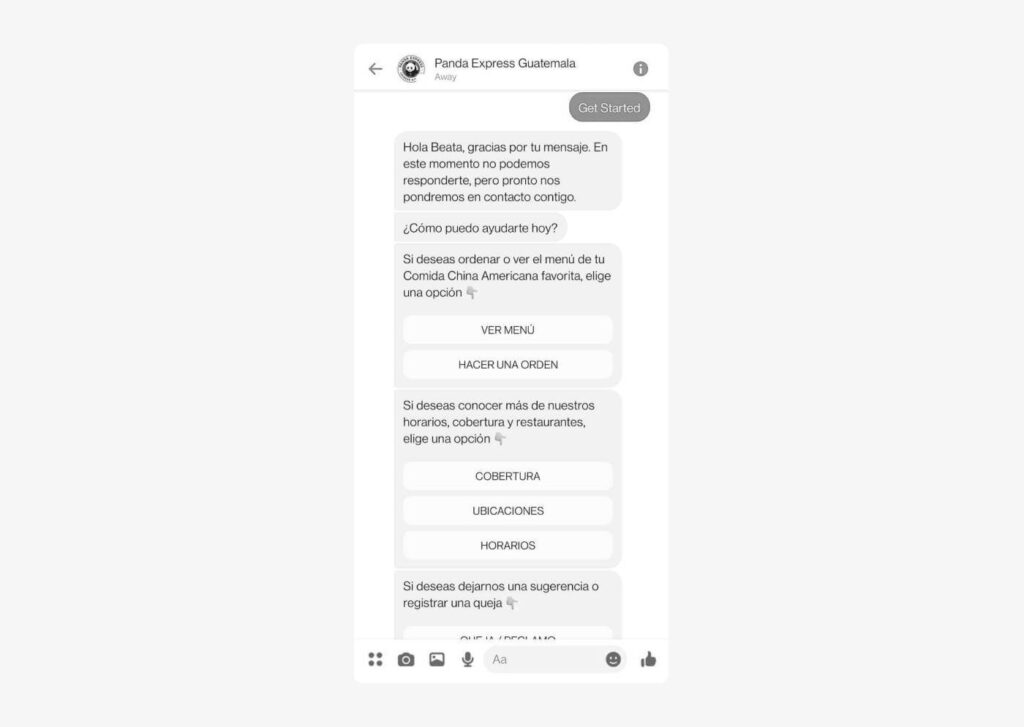
Furthermore, Panda Express provides a platform for clients to submit suggestions and complaints through the bot to swiftly gather customer feedback.
8) Fancy’s Hank
At the beginning of the conversation, this restaurant chatbot presents four questions that feel more human and less robotic than standard options like “Menu” or “Opening hours.”
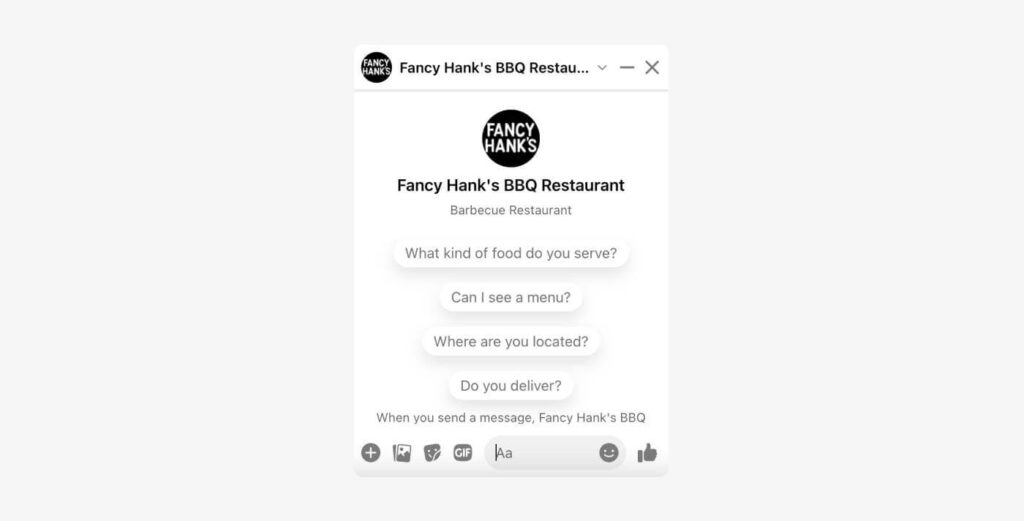
This approach adds a personal touch to the interaction, potentially making visitors feel better understood by the establishment. Users can select from these options for a prompt response or opt to wait for a chat agent to assist them.
9) Ukb199 Unlimited Korean BBQ
This restaurant employs its chatbot for both marketing purposes and addressing inquiries. The chat window is adorned with numerous images aimed at enriching the customer experience and motivating visitors to either dine in or place an order.
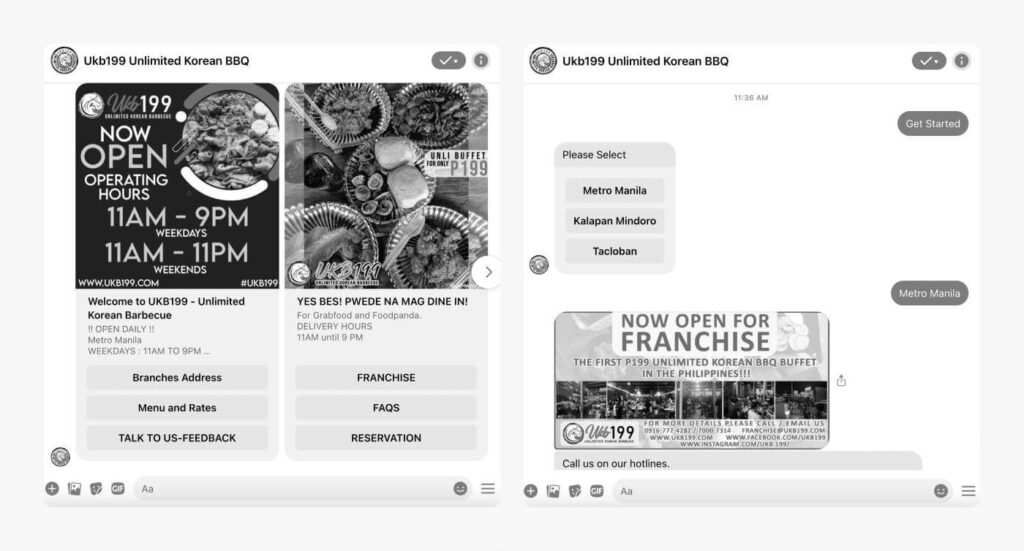
UKB199 also provides a diverse array of questions to choose from, covering aspects like restaurant location, contact number, pricing, and reservation options.
Chatbots for restaurants: Best practices
Here are the top four best practices tailored specifically for restaurant chatbots that we highly recommend:
1) Leverage Multiple Channels
Rather than limiting chatbots to restaurant websites, consider deploying them across various messaging apps and mobile applications.
Embracing platforms like messenger bots or WhatsApp can be particularly advantageous, given the substantial user base these platforms command, such as WhatsApp’s 2.7 billion active users.
2) Embrace Voice Commands
Incorporating voice command capabilities in restaurant chatbots aligns with the growing trend of voice search in the tourism and hospitality sectors. Optimizing your content for voice search on mobile apps and websites can enhance visibility and improve the overall user experience.
3) Visual Appeal
While text-based interactions with chatbots are informative, enriching your content with images of food, beverages, restaurant ambiance, and table setups can provide customers with a more comfortable and immersive experience, aiding them in their decision-making process.
4) Conclude Conversations Wisely
It’s essential to offer users the option to end a chat once their query is resolved. This practice allows for the collection of valuable feedback through brief surveys regarding the chatbot’s performance.
By identifying and addressing pain points, restaurants can continually enhance their chatbot’s effectiveness.
Conclusion
Chatbots have revolutionized the way restaurants interact with their customers, offering a seamless and efficient way to enhance customer service, streamline operations, and boost revenue.
By automating tasks like booking reservations, answering FAQs, managing delivery orders, and even upselling menu items, chatbots allow restaurant staff to focus on delivering exceptional dining experiences.
To maximize the potential of your restaurant chatbot, pairing it with tools that understand customer behavior and recommend data-driven campaigns is key.
Platforms like Saufter can complement your chatbot strategy by analyzing user interactions, suggesting personalized marketing campaigns, and even automating email and in-app promotions. With Saufter, you can target customers more effectively, improve engagement, and stay ahead of competitors.
Embracing chatbots is no longer just an option—it’s a necessity for modern restaurants. Start integrating these tools today, and let your restaurant thrive in the digital age!
